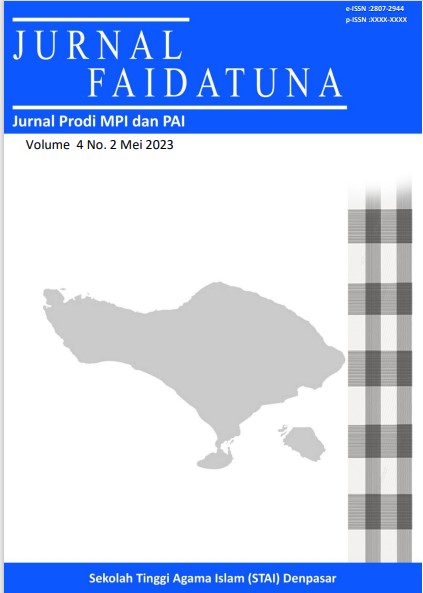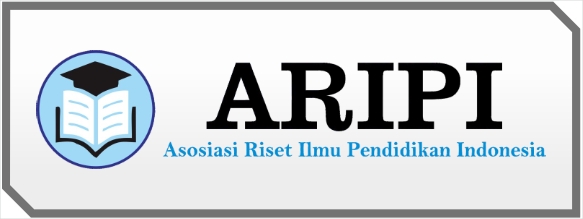Stereotipe Masyarakat Terhadap Kemampuan Tunanetra
DOI:
https://doi.org/10.53958/ft.v4i2.211Keywords:
Stereotypes, Society, Blindness, AbilityAbstract
A This study discusses society's stereotypes about the ability of the blind.The stereotypes in question are general views and negative prejudices against the abilities and independence of the blind, so as to reduce their chances of being prioritized for facilities and not getting the opportunity to be empowered.The purpose of this study is to understand the factors that influence stereotypes about the ability of the blind and provide recommendations to reduce these stereotypes.The research method used is an online survey of respondents who are members of the general public from various backgrounds.The results of this study indicate that society's stereotypes regarding the ability of the blind are still very strong and are driven by internal and external factors of the blind themselves, such as social factors, lack of public knowledge about the ability of the blind, as well as self - faith that arises from the blind themselves.Not surprisingly, there are still many who think that blind people are less powerful when compared to sighted people.Therefore, efforts need to increase public awareness and knowledge about the abilities of the blind and eliminate existing stereotypes.
References
Gunawan, F. H., Laksono, A. B., & Bachri, A. (2020). Rancang Bangun Alat Bantu bagi Penyandang Tunanetra. SinarFe7, 3(1).
Hamidah, C. N. (2016). Pengaruh Stereotip Gender Terhadap Partisipasi Penyandang Disabilitas Netra Di Lingkungan Keluarga dan Masyarakat (Anggota Dewan Pimpinan Daerah Ikatan Tunanetra Muslim Indonesia Kota Yogyakarta). Laporan Penelitian. UIN Sunan Kalijaga.
Heumann, J. (2019). Being Heumann: An unrepen tant memoir of a disability rights activist. Beacon Press.
Husin, L. S. (2020). Subjective Well Being Pada Mahasiswa Tunanetra. 57.
Lestari, D., & Wirdanengsih, W. (2020). stereotipe terhadap perempuan penyandang disabilitas di kota Padang (studi pada perempuan penyandang disabilitas daksa di DPC PPDI kota Padang). Jurnal Perspektif, 3(2), 262-271.
Nadhilla, N. (2016). Motivasi Penyandang Disabilitas Fisik Tuna Netra Usia Dewasa Awal dan Dewasa Madya. Skripsi Sarjana, Universitas Pembangunan Jaya). Research Gate, DOI, 10.
Pratiwi, Y. S., & Rachmawati, M. (2016). Perancangan Pusat Komunitas Tunanetra. Jurnal Sains Dan Seni Its, 174.
Putra, R. S., Marpaung, Y. N. M., Pradhana, Y., & Rimbananto, M. R. (2021). Pesan Kesetaraan Penyandang Disabilitas Melalui Interaksi Simbolik Media Sosial. Interaksi: Jurnal Ilmu Komunikasi, 10(1), 1-11.
Ro'fah, A., Supartini, Jahidin, A., Rozaki, A., Mulyani, S., & Aslamah, S (2011). Menuju Yogyakarta yang inklusif. Kajian akademik Raperda penyandang disabilitas Propinsi DIY. Yogyakarta : Dinsos Propinsi DIY & PSLD UIN Sunan Kalijaga
Saguni, F. (2014). Pemberian Stereotype Gender. Musawa, 6(2), 195–224.
Suprapmanto, J., Nuralifa, A., & Albela, N. J. (2015). Pandangan masyarakat terhadap anak penyandang disabilitas di desa Muara Dua. Senapadma, 1, 5.














